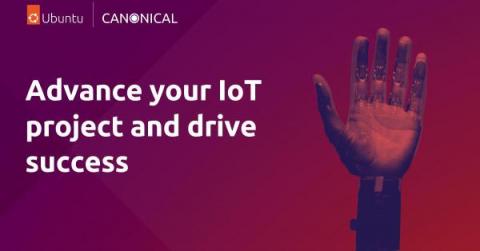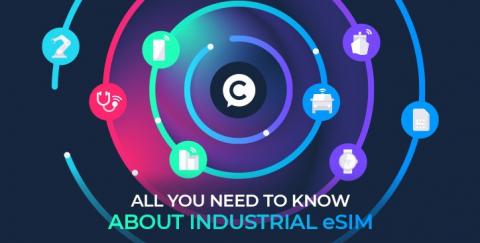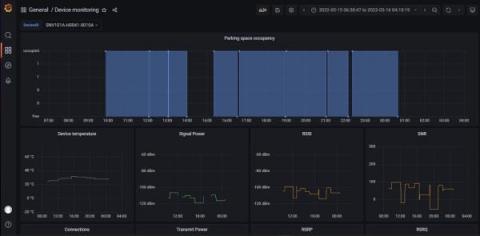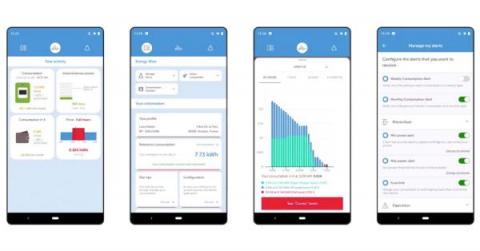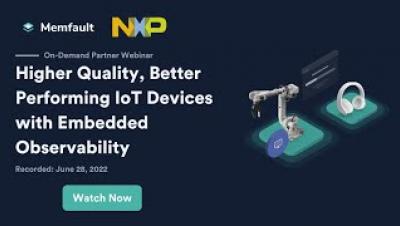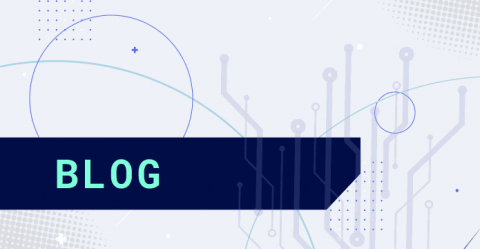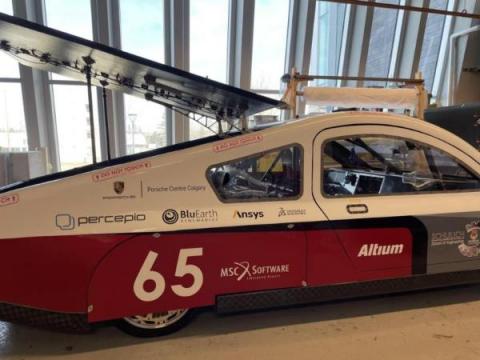Top 5 IoT challenges and how to solve them
There are a number of challenges to surmount for enterprises in the IoT sector, including having a short time to market, airtight security, a versatile update mechanism for hardware and software and mastering device management. The more planning and practical steps that are taken to address key considerations, the faster an IoT project can get to market and make an impact on the world.


